On World Photography Day, here is a short list of interesting cameras that attempted to change the face of photography, with varying levels of success. When we think about legendary film cameras, there are many more that deserve to be on the list, that is, if you include the medium and large format giants; cameras that changed photography forever. You may wonder how a few of these made it to the list as they were not quite successful. Well, as they say, it's better to try and fail than not to try at all. And here we celebrate World Photography Day with a tribute to all those who showed the courage to try something different.
World Photography Day: 10 Film Cameras that Changed the Game
Ideas that clicked

Leica M3
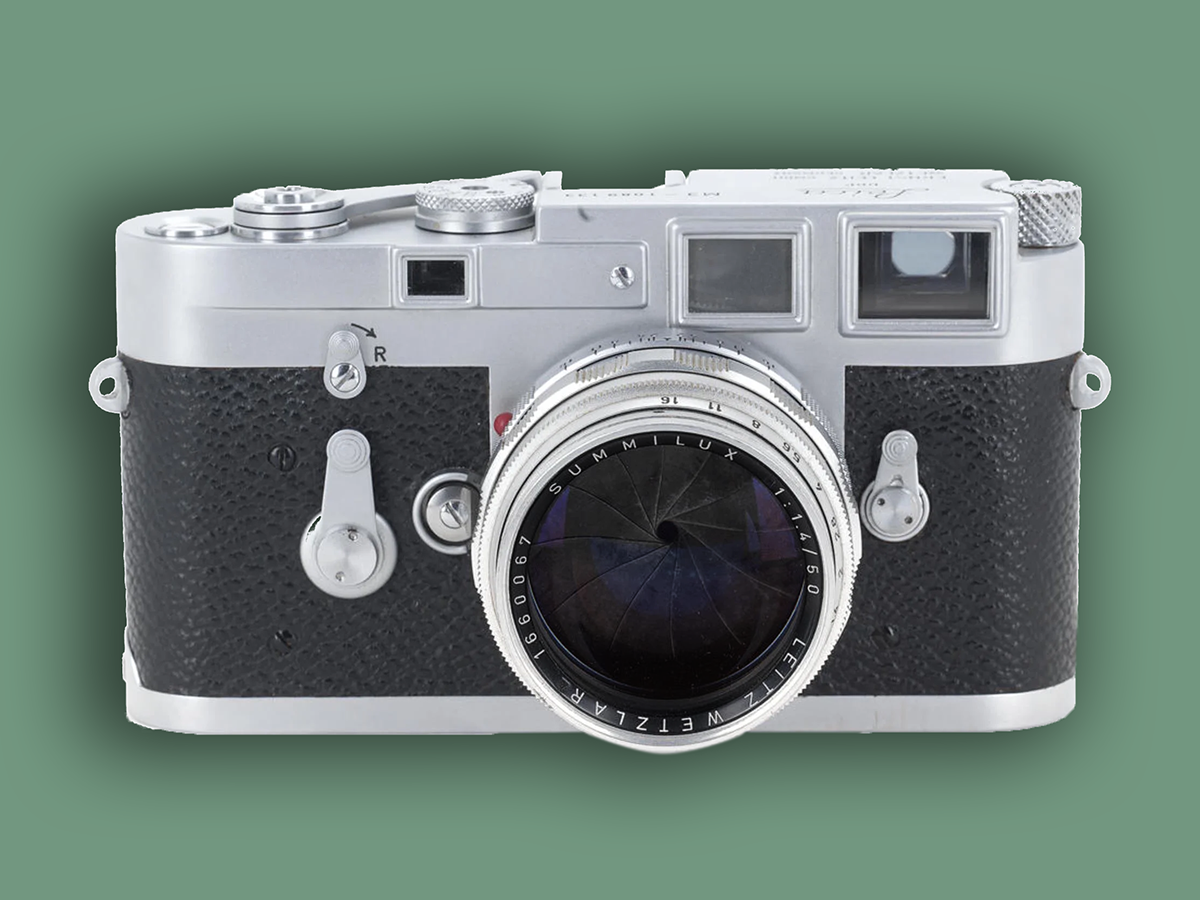
The Leica M3 is a 35mm rangefinder camera that was announced in 1954. The M3 featured a combination of viewfinder and rangefinder and is known for one of the brightest viewfinders of that time. It also debuted the bayonet lens mount that became a standard in future interchangeable lens cameras, and a rapid film advance lever. With over 220,000 units sold, the legacy continued with the succeeding M series cameras, which are still under production, the latest being the M11.
Nikon F
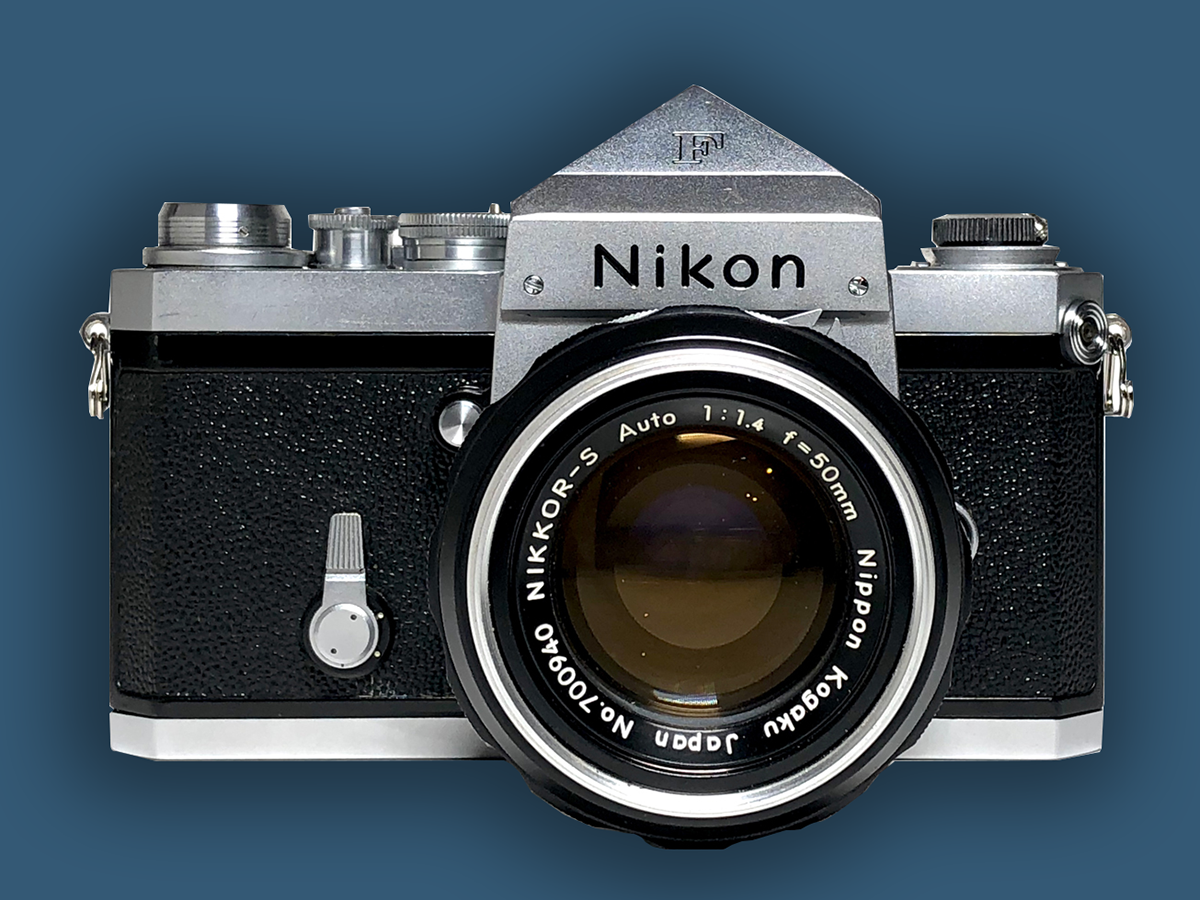
The Nikon F was introduced in 1959, and it was Nikon's first SLR camera. This camera established the typical Nikon design, which continued well into the 2000s, ending in the FM3A. This camera was widely used by photojournalists and one even made it to the Skylab space station. The camera used interchangeable prisms and focusing screens and featured a depth-of-field preview button. Mirror lock-up, a titanium focal plane shutter and a bayonet mount were other specialities. A rugged and well-made camera, the Nikon F was the first to use the F-mount bayonet mount, which is still used even in the present cameras.
Pentax Spotmatic
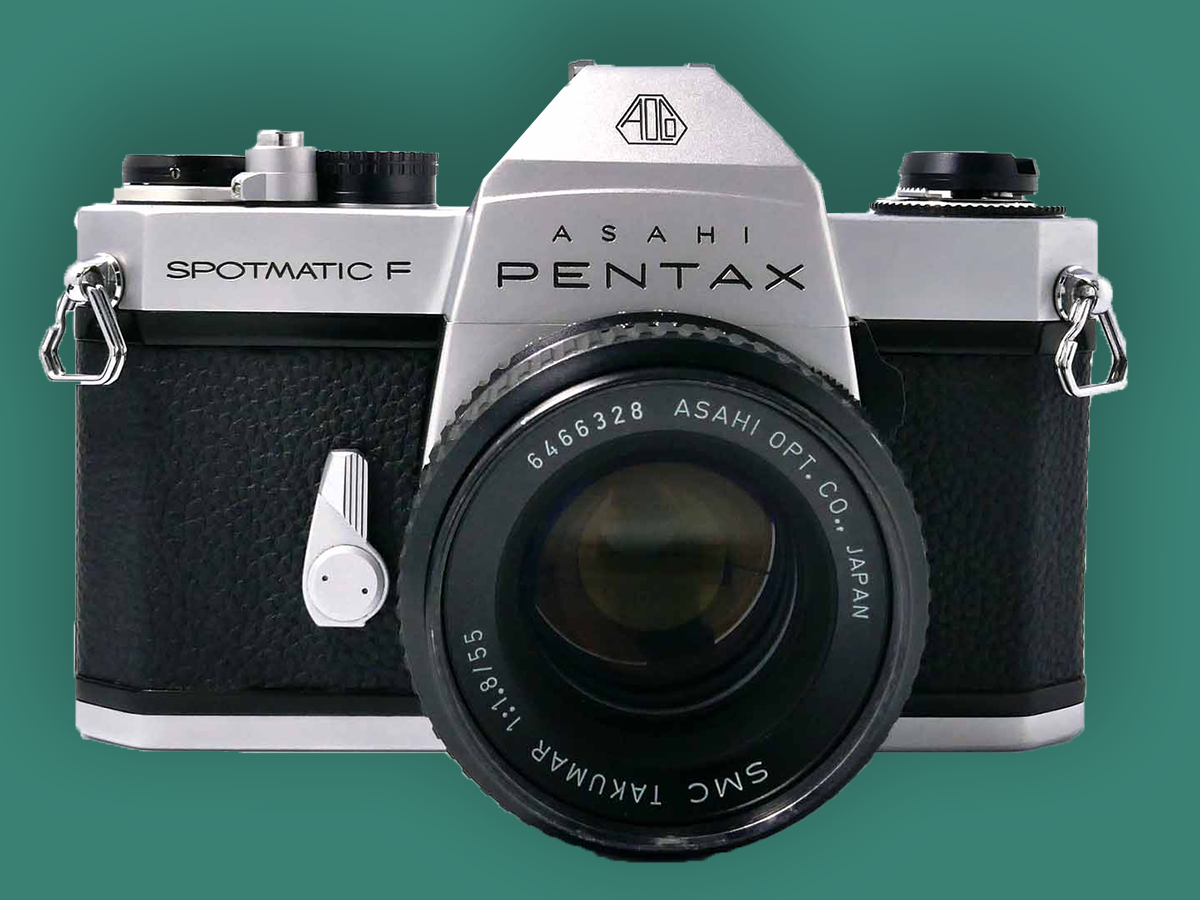
The Spotmatic is known to be the first SLR to offer a through-the-lens (TTL) metering system. Manufactured by Asahi Optical Co. Ltd., Japan from the early 60s, the camera used a screw mount for lenses. The camera was originally designed to use spot metering, and hence the name. However, Asahi Corp. decided to shift to centre-weighted metering just before the camera entered the production phase. The camera used a mechanical shutter and a Mercury battery was used to power the light metering system. The Spotmatic served as the design base for popular Pentax bayonet mount cameras like the KM and K1000.
Olympus OM1

The Olympus OM-1 was one of the most compact SLR bodies of its time. The camera was first revealed at Photokina in 1972 and was originally called the Olympus M-1. Designed by the legendary Yoshihisa Maitani credited with the Pen series of compact cameras, it featured a large viewfinder with interchangeable screens. Olympus had to change the name to OM-1 to avoid conflict with Leica’s M-series rangefinders.
Canon AE1
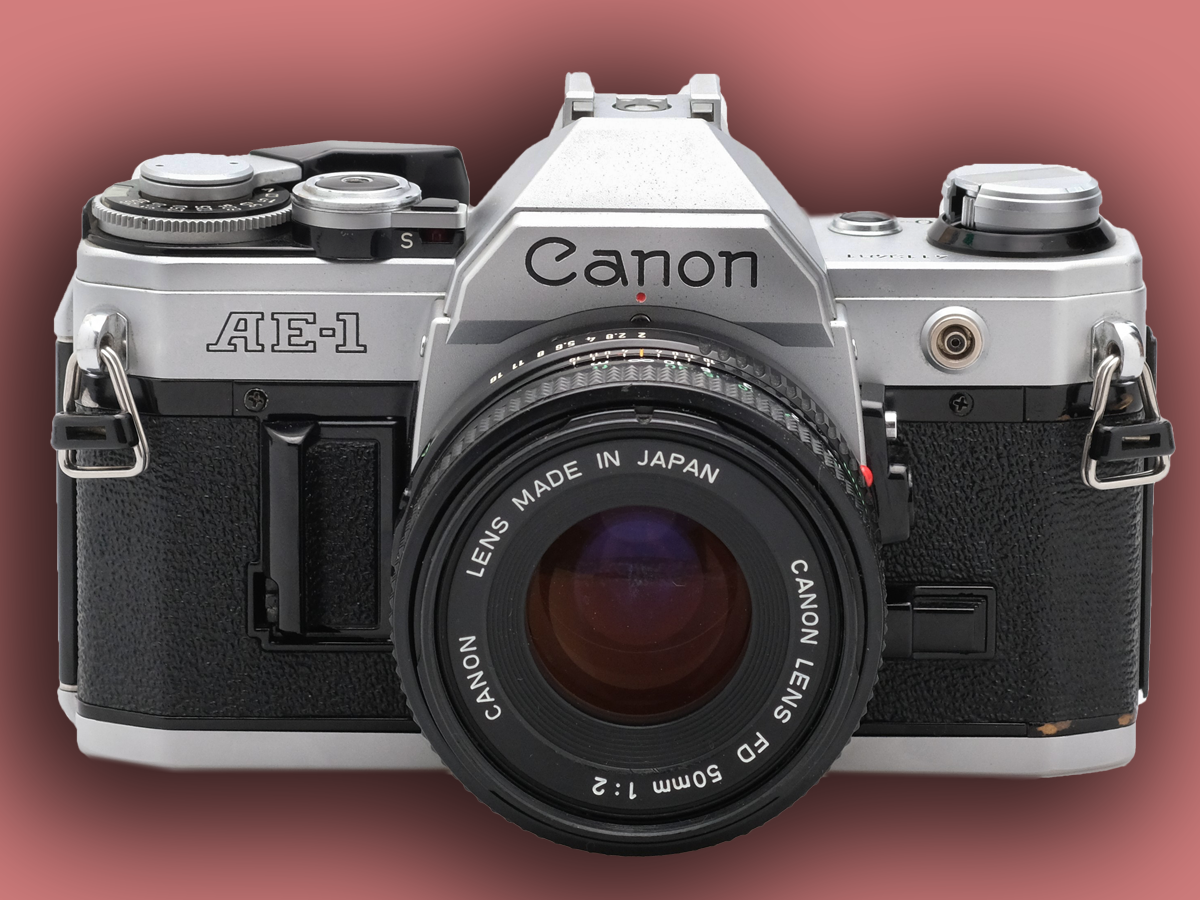
Introduced in 1976, this 35 mm single-lens reflex film camera used an electronically controlled, electromagnet horizontal cloth focal plane shutter. The camera is known to be the first microprocessor-controlled manual SLR and came with manual and shutter priority auto exposure. The AE-1 sold over 5.7 million units and catapulted Canon into the competitive SLR camera market, paving the way for more battery-operated cameras and triggering the development of automation in cameras.
Kodak Pocket Instamatic
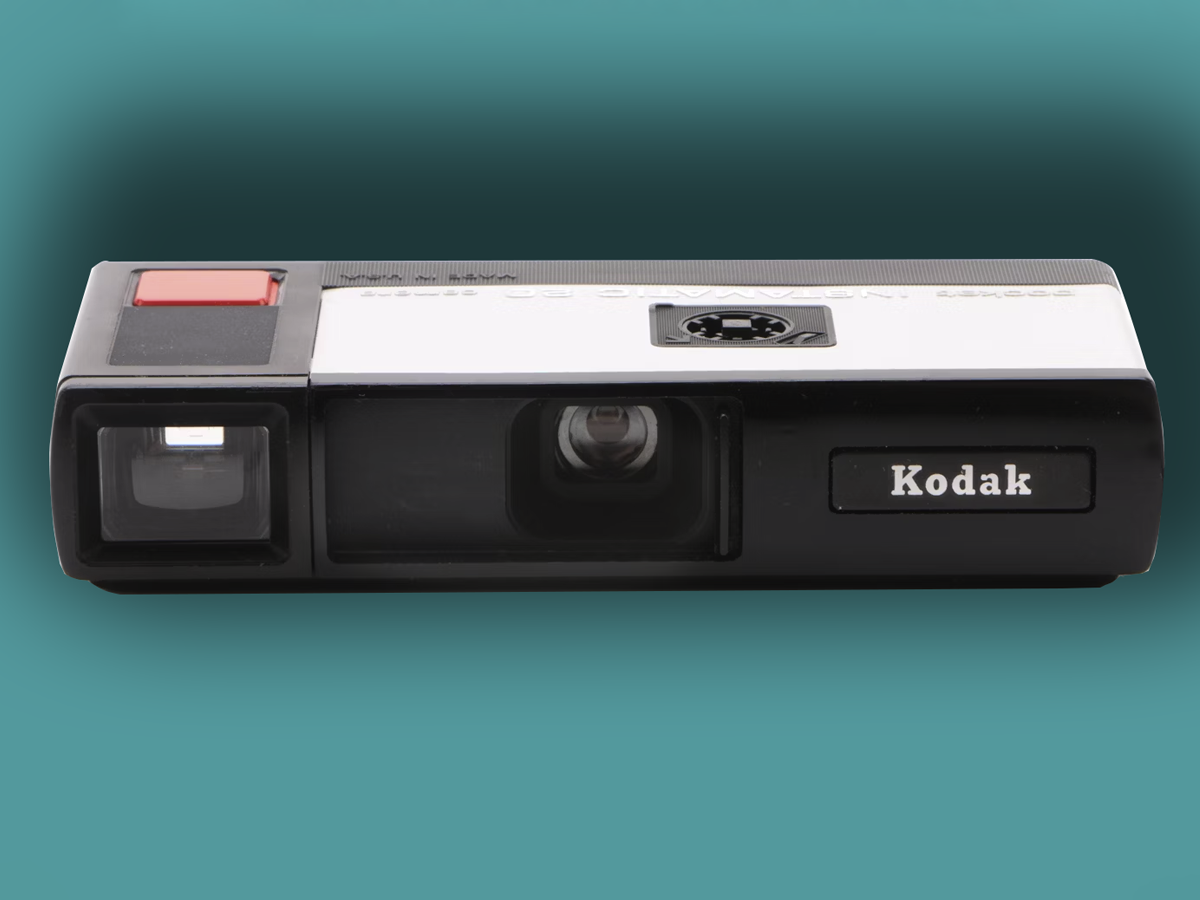
Here is a compact, sub-35mm camera that made photography more affordable to people. The Instamatic series used inexpensive and easy-to-load 126 and 110 films. The Pocket Instamatic used 110 films (16mm format), making it a compact option that could be carried in your pocket. Many other flat camera designs followed from other manufacturers. Kodak introduced various models with varying levels of automation. The top model, Pocket Instamatic 60, had a stainless steel body with a rangefinder and automatic exposure with a 26 mm f/2.7 Ektar lens. The Instamatic cameras used a Magicube for flash. Magicubes used pyrotechnic detonators for each bulb.
Minolta Maxxum 7000
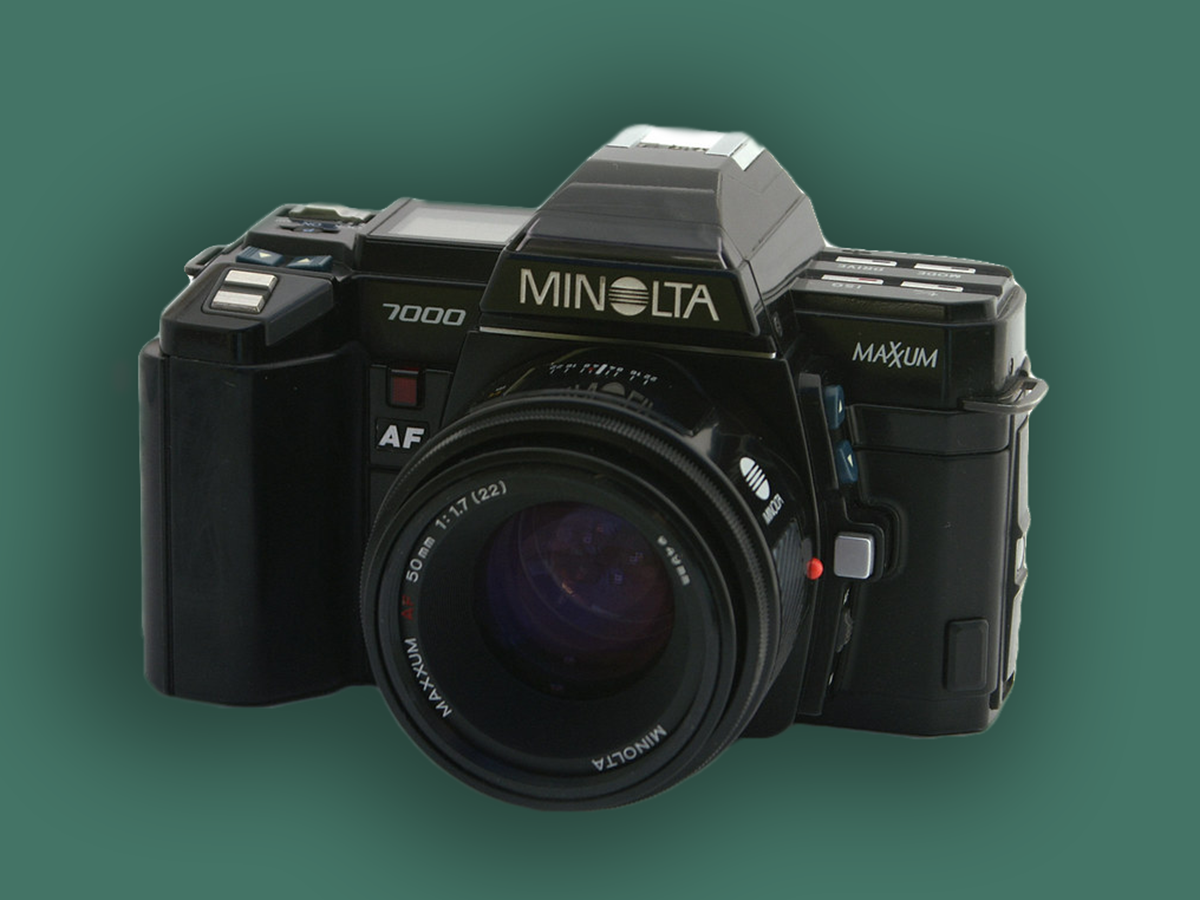
The Maxxum 7000, introduced in 1985, was the first camera to feature both an integrated autofocus and a motorised film advance. Since the AF sensors and the focusing drive were integrated into the camera body, the lenses could be much smaller and cheaper. The camera replaced mechanical aperture ring on the lens with electronic control of aperture ring via buttons on the body. The Maxxum 7000 introduced the A-system, which continues even today with Sony taking over Minolta’s business in 2003.
Polaroid SX-70
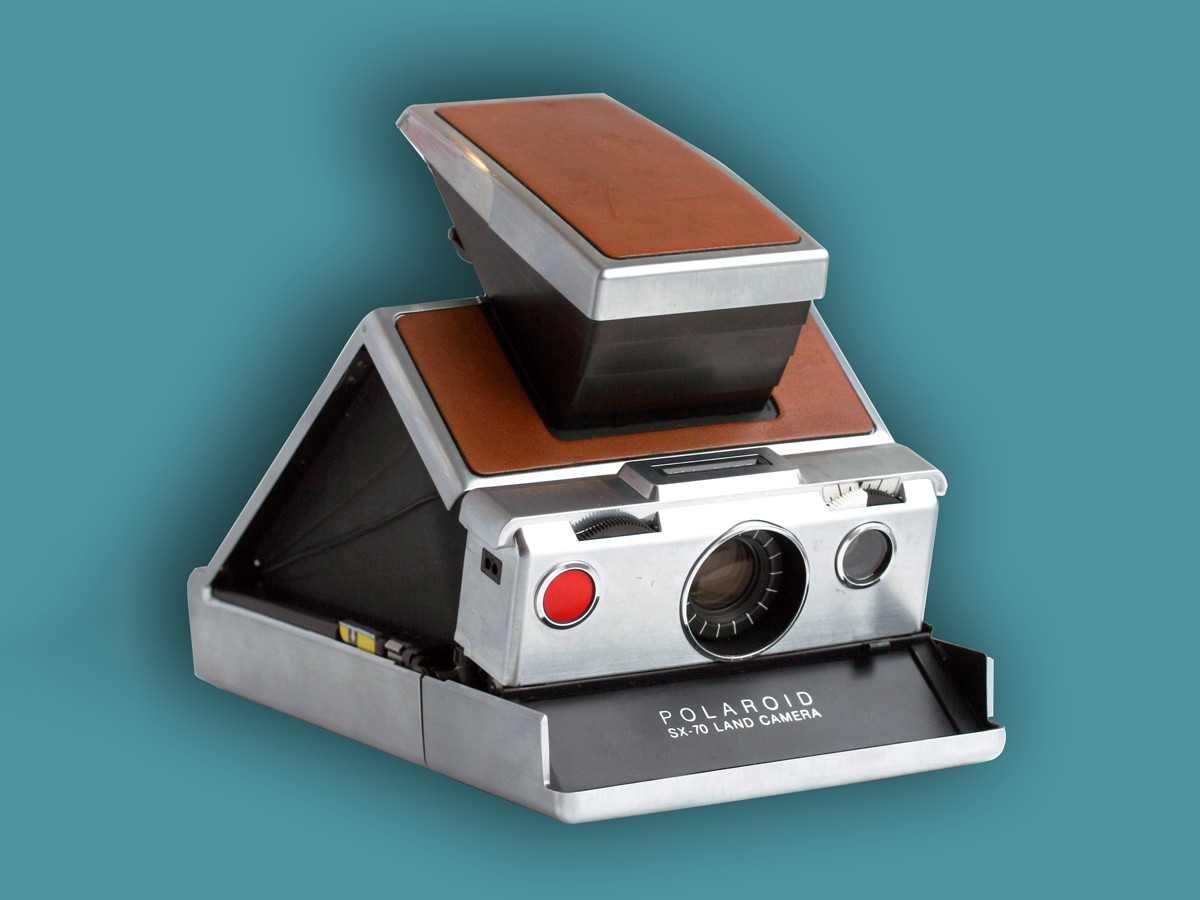
The SX-70 marks the dawn of instant photography. The SX-70 was a folding single lens reflex camera produced from 1972 to 1981. Though not the first instant camera, the SX-70 made the process simpler with an auto-ejection mechanism and quick film development without chemical residue. The SX-70 was accepted widely despite the high cost of camera and film packs.
Kodak KB 10
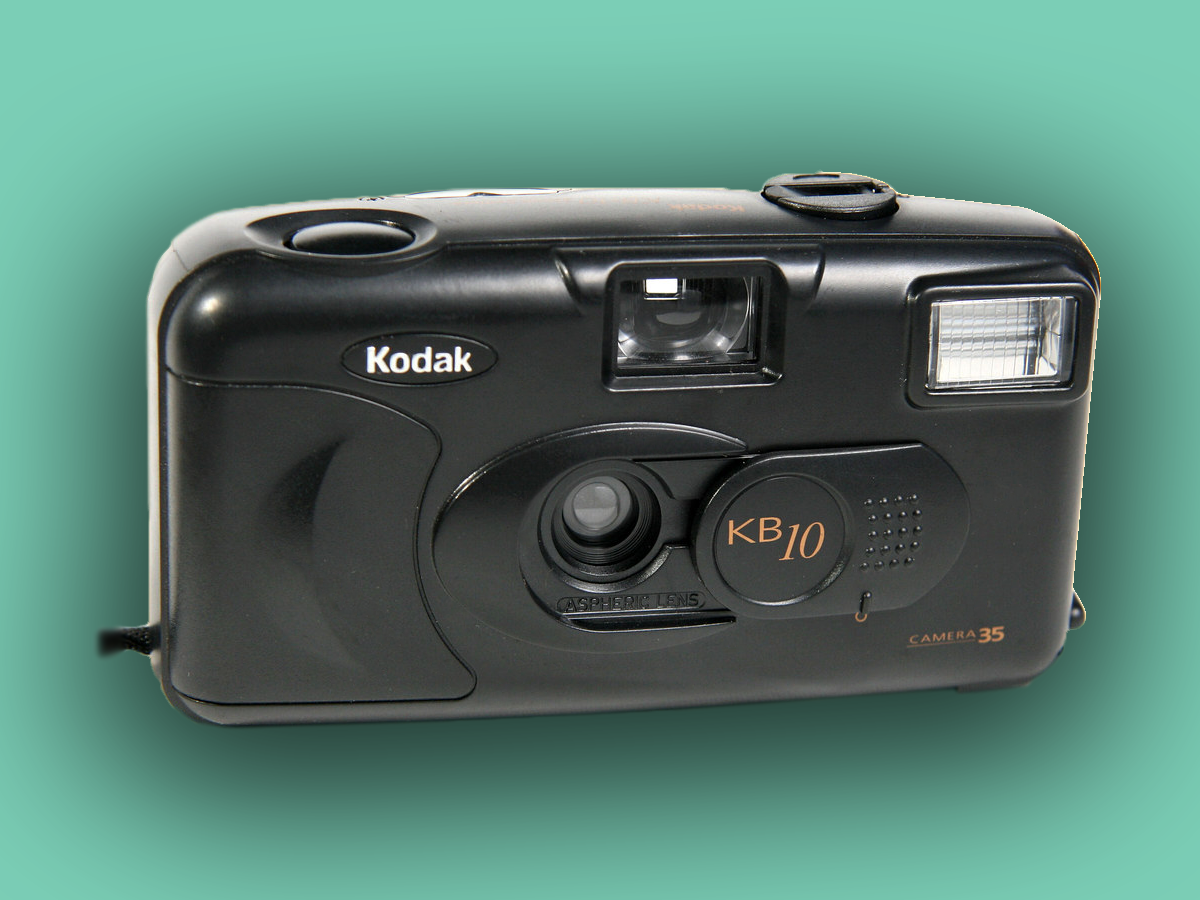
The Kodak KB 10 was probably the cheapest compact camera in the market. It was sold for around ₹999 in the early nineties and put a camera in the hands of enthusiastic amateurs and families who could not afford other sophisticated equipment. The 35mm film camera came with a 30mm fixed focal length lens with an f/8 aperture. The camera captured images with a fixed shutter speed of 1/100 second and accepted films with ISO 100, ISO 200 and ISO 400. The KB 10 worked on two AA batteries and the camera had an all-plastic build.
Fujicolor Super HR
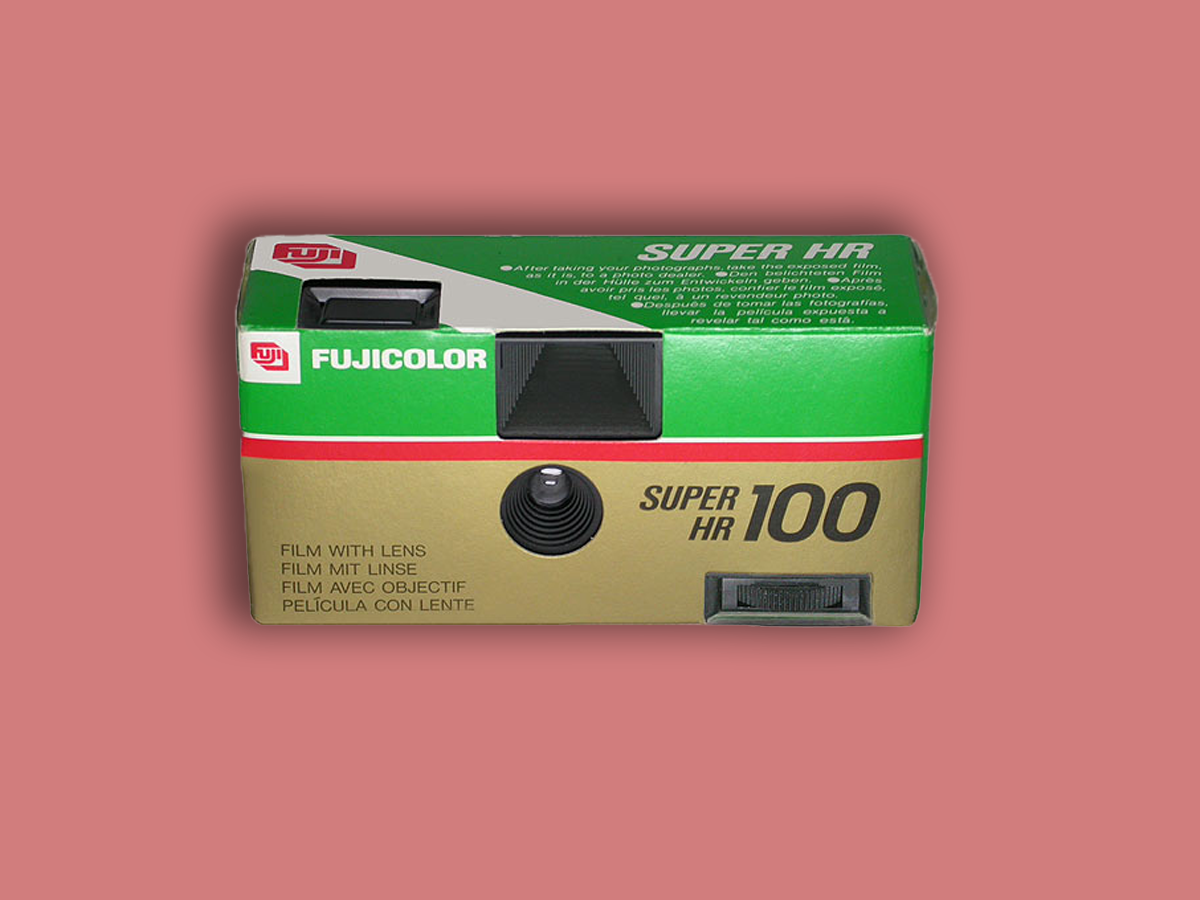
These miniature boxes once lined up the shelves of local studios along with colourful Kodak, Konica, and Fujifilm cartons. Most people wouldn’t recognise these tiny cameras hidden in plain sight, unless you managed to spot the miniature lens sticking out of the film canister box. These disposable cameras were, in fact, branded as ‘Film with lens’ and were as simple as that—a 110 film cassette with a lens, shutter release and a cardboard housing. Once all the frames were exposed, you could simply hand the box over to a local studio to get it processed. Though the camera wasn’t quite successful in India, it reportedly became a rage in Japan, and Fujifilm introduced different versions of the camera.
This list is endless if you consider all those legendary medium-format cameras with brands like Hasselblad, Mamiya, Rolleiflex. We will keep those for another day, another time. For now, Happy World Photography Day.
